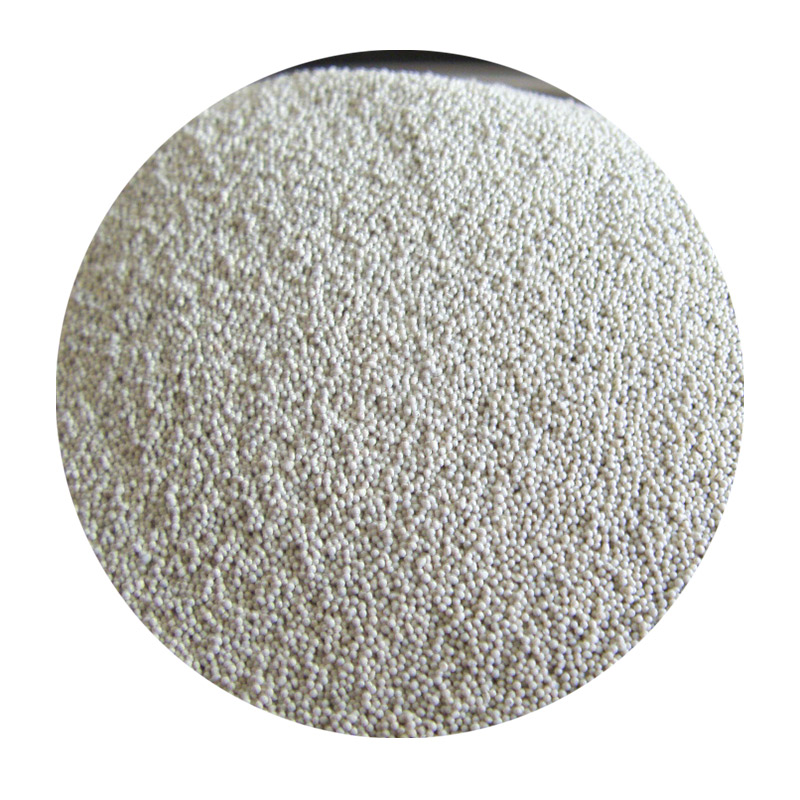

Synthetic Sand Focusing on replicating and improving upon natural sand, synthetic sand is engineered for specific mechanical, chemical, and thermal properties. This customizability allows foundries to precisely tailor their approach to any complex requirements they might face, yielding castings that meet strict specifications. However, creating this type of sand can include a higher upfront investment cost. Resin Sand Typically used for creating mold cores, resin sand blends with binding agents to heighten its resistance and improve the surface finish of cast metals. Given its ability to produce smooth mold cavities, resin sand is applicable in producing small to mid-sized components requiring tight tolerances. Yet, the requirement for recycling resin sand necessitates additional equipment and processes. These diverse sand types, chosen according to specific casting needs, demonstrate the intricate balance between qualitative demands and economic constraints. While silica remains a go-to material, alternatives like olivine, chromite, or zircon offer unique properties that can significantly enhance casting outcomes when correctly applied. Each type's deployment is guided by detailed assessments of their granular qualities, compatibility with metal types, and the precise demands of the casting design. For optimal sand casting outcomes, the expertise and experience drawn from professional foundry operations play a critical role. Proper sand selection necessitates an understanding of both the material properties and the necessary preparations to safeguard workers' health and maintain ecological sustainability. The informed and strategic use of sand materials not only ensures successful mold processes but fosters trust and reliability in the quality of the final product delivered to end clients. Post time:1 月 . 15, 2025 09:19
Next:types of sand casting process
